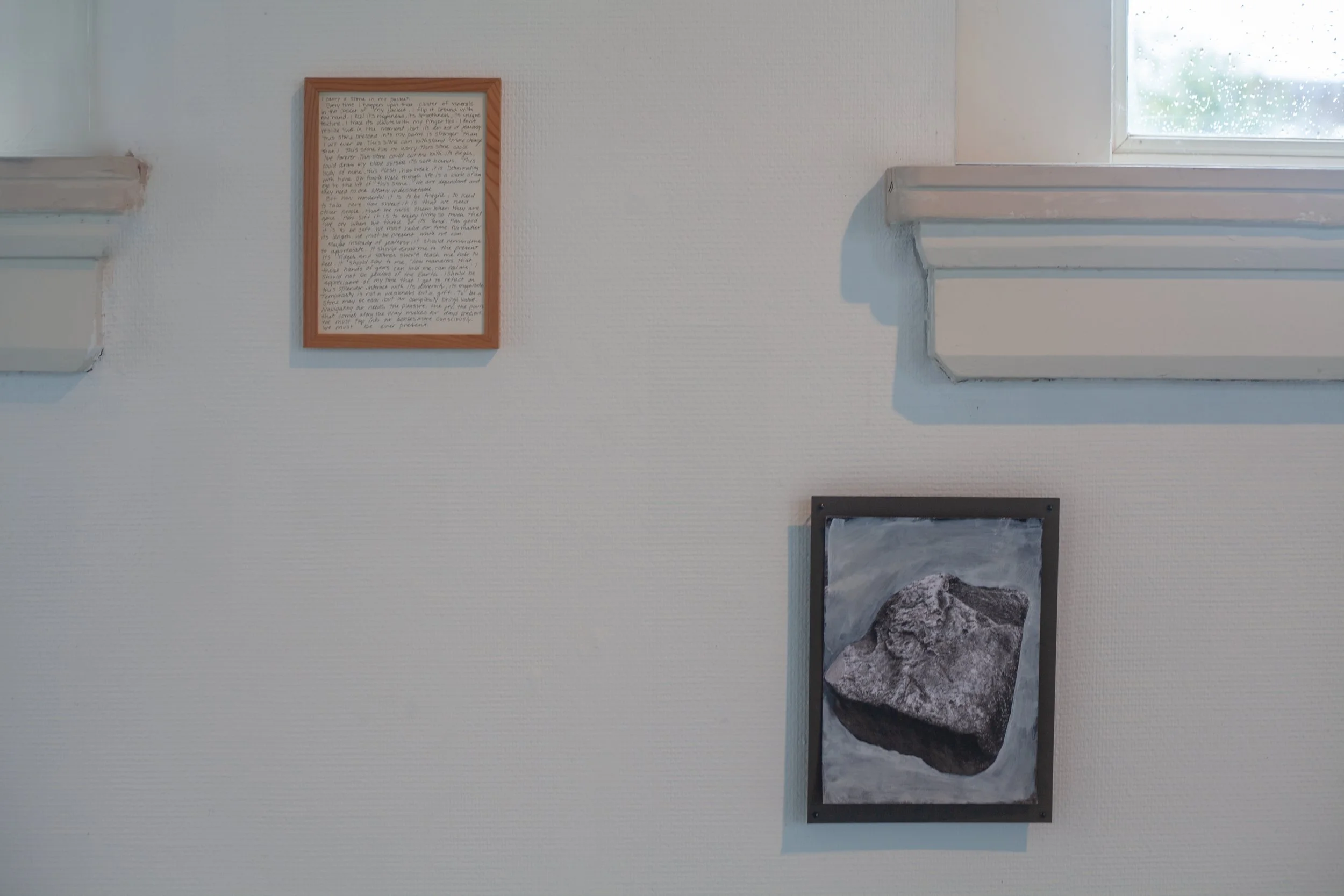Title:The third passage
Solo exhibition: Annabelle Schatteman
Duration: 11.01.2024 to 11.10.2024
Opening hours: 13:00 - 17:00
Opening: 11.01.2024 - 6:00 PM
Finissage: 11.10.2024 - 6:00 PM
Curated by: Catelijne Boele
About: The solo exhibition of Annabelle Schatteman, titled ‘The Third Passage’, encompasses a personal journey through the subsequent stage of female existence – a chapter that is connected to menopause. The exhibition is an ode to the blood that is no longer present and a farewell that clears the way for the next phase of life.
Annabelle Schatteman intuitively explores the transformation of femininity and allows it to take form in an extensive landscape of sculpted flowers, shells, and mythological figures. These embody the beauty and stillness of life and motherhood, but also the fear of change and transience. With an energy that is both explosive and focused, Schatteman expresses the emotion and complexity of ageing, as well as its strength and depth. Flowers like lilies, poppies, and amaryllis bleed and wilt within her work, symbolising the wounds and pain that grow alongside saying goodbye. The sculptural still lifes paradoxically embrace the inevitable change that life brings. Schatteman makes the transition from heaviness to lightness palpable through the movement she captures in her powerful and fleeting sculptural handwriting. In her work, she seeks a new harmony with life within her restlessness, which only becomes tangible after experiencing the pain of farewell.
“The woman who is willing to make that change must become pregnant with herself, at last. She must bear herself, her third self, her old age.” – Ursula K. Le Guin
"Artist Bio: Annabelle Schatteman is a sculptor and image-maker whose artistic practice revolves around cycles, processes, and the exploration of temporality. Describing herself as an "image-making writer," she approaches each project like writing a book—an intuitive, evolving process that allows her to uncover new narratives and create multiple works, often incorporating various materials like clay, PUR foam, plaster, and bronze. Inspired by the representation of women throughout history and fascinated by the fragility of life, Schatteman’s art grapples with the frustration of impermanence. Her figurative sculptures, often feminine in form, merge storytelling with research drawn from anthropology, psychology, and mythology, crafting works that reflect on human existence and its cyclical nature. Schatteman integrates imperfections, such as cracks in the material, as part of the narrative, embracing the inevitable passage of time while striving to create lasting expressions of life’s fleeting moments.
///



































photos: Anke van den Berg
Dutch
De solotentoonstelling van Annabelle Schatteman, getiteld ‘The Third Passage’, omvat een persoonlijke reis door de derde passage van het vrouwelijke bestaan- een hoofdstuk dat verbonden is met de menopauze. De tentoonstelling is een ode aan het bloed dat er niet meer is en een afscheid dat de weg vrijmaakt voor de volgende levensfase.
Annabelle Schatteman onderzoekt op intuïtieve wijze de transformatie van vrouwelijkheid en laat het vorm aannemen in een uitgebreid landschap van geboetseerde bloemen, schelpen en mythologische figuren. Deze dragen de schoonheid en verstilling van het leven en moederschap, maar ook de angst voor verandering en vergankelijkheid. Met een energie die zowel explosief als gefocust is, vangt Schatteman de emotie en complexiteit die het ouder worden omvat, maar tevens de kracht en diepte daarvan. Bloemen zoals lelies, klaprozen en amaryllis bloeden en verwelken in haar werk. Deze symboliseren de wonden en de pijn die samengaan met het nemen van afscheid. De sculpturale stillevens omvangen op paradoxale wijze de onvermijdelijke verandering die het leven met zich meedraagt. Schatteman maakt de transitie van zwaarte naar lichtheid voelbaar door de beweging die zij vangt in haar krachtige en vluchtige werkwijze. Te midden van haar onrust zoekt zij in haar maakproces naar een nieuwe harmonie met het leven, die pas zichtbaar wordt na de pijn van het afscheid nemen te hebben ervaren.
“The woman who is willing to make that change must become pregnant with herself, at last. She must bear herself, her third self, her old age.” – Ursula K. Le Guin




























































